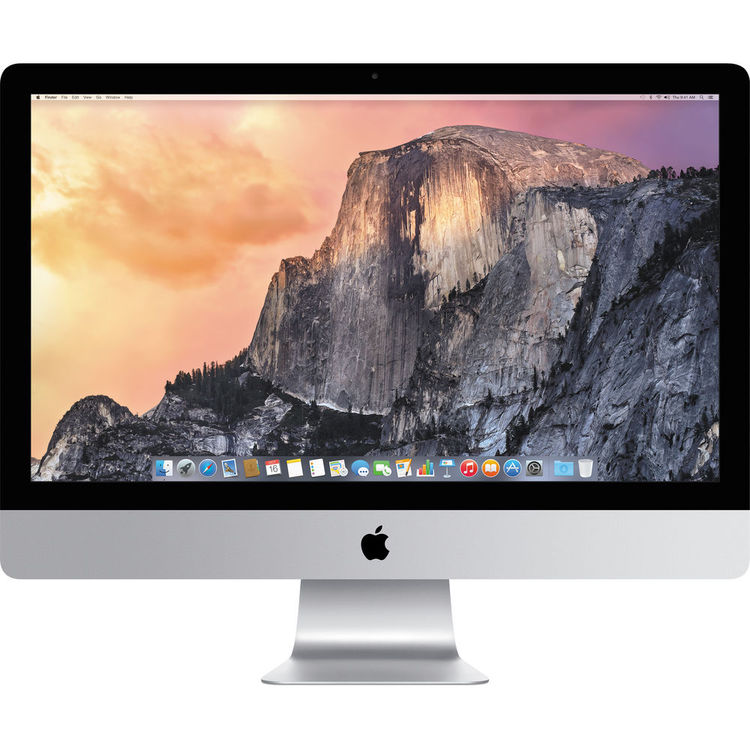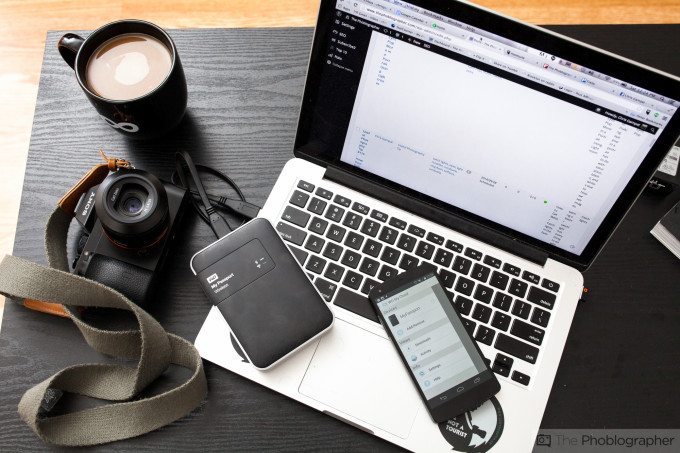No, purchasing a monitor for photo editing isn’t exactly straight forward, so don’t be so quick to become quippy. Instead, you’ll be surprised to know just how complicated making sure that you’ve got the best monitor you can or need is. The answer isn’t always to go with Apple either like many other photographers do. Instead, it’s all about specifics with color profile coverage, your vision and calibration.
Your Vision
First and foremost, consider your vision. If you’re the type of person that is usually hunched over a 13 inch laptop screen, you’re going to need something new. Not only will hunching over a 13 inch display strain your eyes when you need to see fine details, but it’s also quite terrible for your posture.
To be fair, a 15 inch screen isn’t that better and if your main workhorse of a computer is a laptop the way that it is for many photographers, then it’s time for an upgrade. This all depends on how good your vision is and how far the distance is that you’re sitting from the monitor–which is partially determined by your desk size. In general most folks need a 24″ or 27″ screen.
But what about this 5k or 4k non-sense? It can help, but not necessarily by much and is also based on how big the display is. In general though, many modern cameras have way too much detail and pixels to be able to work properly with 4K displays, though if you haven’t upgraded your camera in about two years you should be good to go.
sRGB Coverage and Adobe RGB Coverage
Next, you’ll need to consider the color profile coverage based on what type of work you’re doing. If you’re printing a lot for clients, you’ll want to lean more towards a monitor that covers more of the Adobe RBG spectrum while photographers mostly producing for the web will care more about the sRGB spectrum. You should check into this specifically based on what you’re doing and if your local store rep can’t tell you that information then try to look it up beforehand.
In general, pretty much every monitor out there can cover almost 100% of the sRGB spectrum but not all of them can cover most of the Adobe RGB spectrum. Samsung, LaCie, and Apple do a pretty good job capturing more of the spectrum with their later offerings.
Matte or Glossy
Though you wouldn’t necessarily think this, a glass or matte screen can make a huge difference when you’re editing or browsing the web. Glossy screens can sometimes be very tough to work with and can make a scene look more contrasty than it really is. Matte, on the other hand, isn’t as spiffy or pretty but can work better with your vision. Choose the one that’s best for you.
Calibration Tools
Lastly, if you’re getting a monitor for editing, you should also invest in a color calibration tool like what Spyder and X-Rite offer. X-Rite offers the industry standard but Spyder also has lots of great tools that can do pretty much the same job and sometimes in a simpler way.



